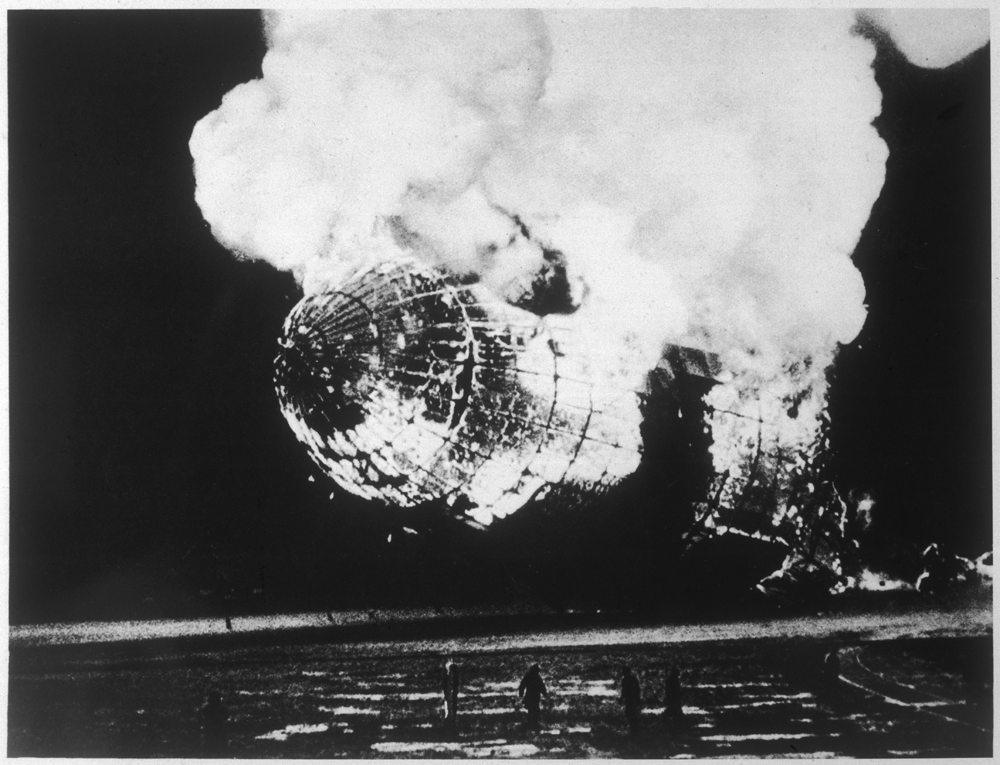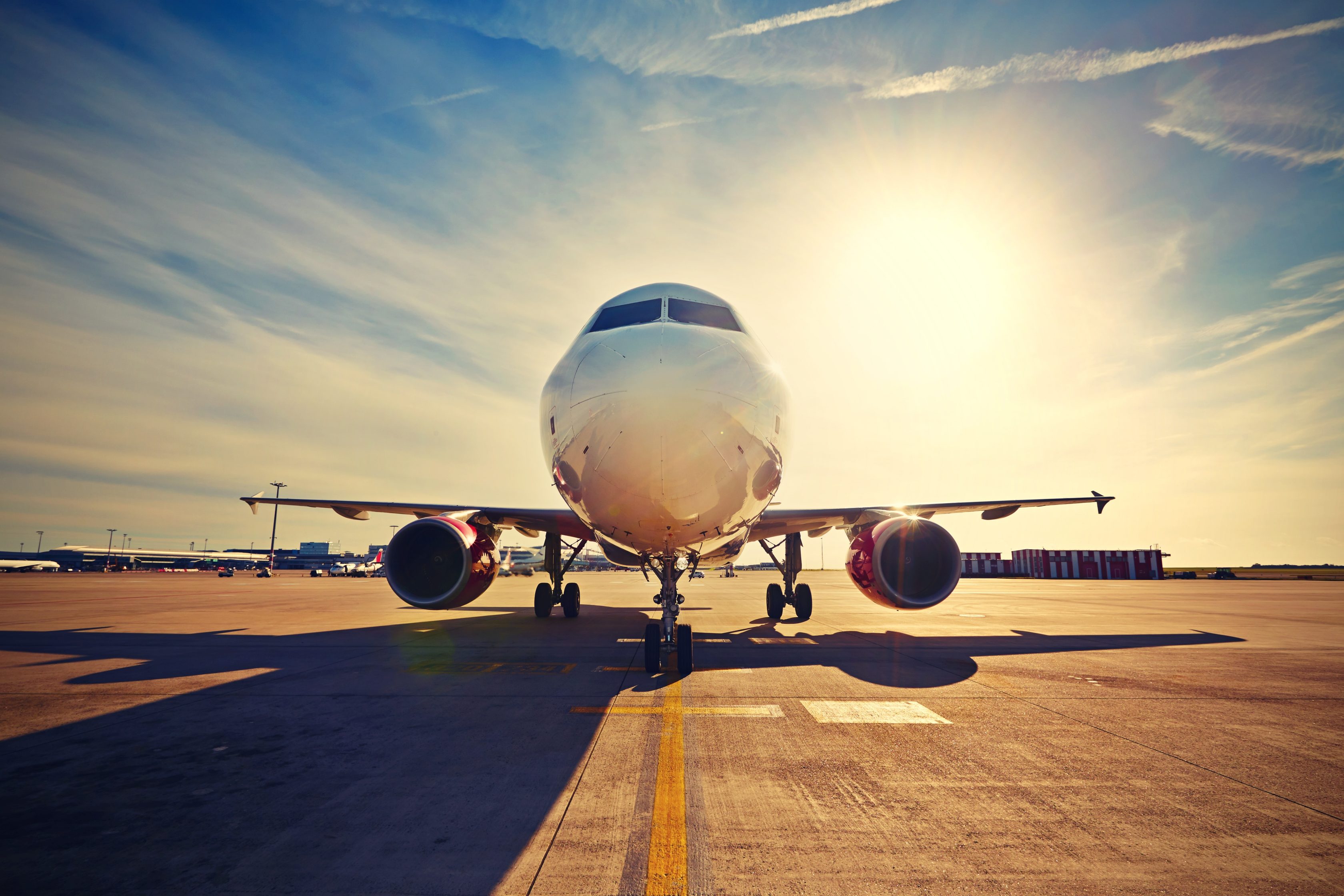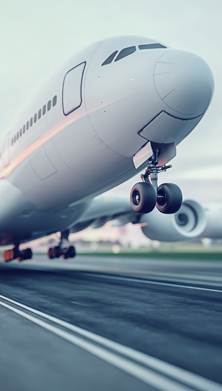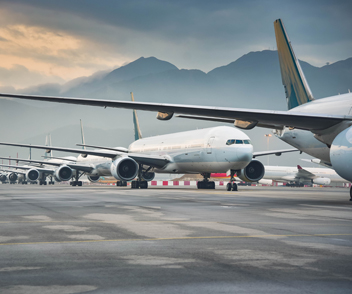Global Risk Dialogue examines some of the significant developments that have shaped this relationship – from the daring exploits of the early aviation pioneers to the sector’s evolution into a global business on which $2.4trn is dependent – and looks at the challenges to come.
Global Risk Dialogue examines some of the significant developments that have shaped this relationship – from the daring exploits of the early aviation pioneers to the sector’s evolution into a global business on which $2.4trn is dependent – and looks at the challenges to come.
With just a few hours of fuel remaining, a German Junkers W 33 aircraft landed on a frozen reservoir on the remote Greenly Island, Canada on April 13, 1928. After 36 hours of flying in harsh conditions with just a magnetic compass to navigate by, the three-man crew of the Junkers ‘Bremen’ had just made history, completing the first successful transatlantic airplane flight from east to west.
The trailblazing flight, which came just one year after Charles Lindbergh completed the first solo transatlantic flight, was insured by a pioneering insurer, Allianz, which in 2015 celebrates 100 years of underwriting aviation insurance.
“Allianz has been a partner to the aviation industry for much of its history (the Allianz group also marks its 125th anniversary this year). Since insuring some of the very first aviation risks in 1915 we have evolved into a global aviation insurer with clients ranging from small gliders and balloons to the world’s largest airlines, airports and manufacturers,” says Henning Haagen, Global Head of Aviation at AGCS.
As well as pioneering moments like the success of the Bremen, Allianz has also supported the industry through more tragic times, such as the Hindenburg disaster, for example – Allianz insured the airship that crashed in 1937, one of the world’s first serious air accidents. “It is unique in our industry to be able to look back over such a long time. While our business has evolved to meet the changing needs of the aviation sector over the past 100 years, the continuity of our offering has remained a key benefit to our clients,” Haagen says.
Pioneering years
The first three decades of the 20th century were pioneering days for aviation, in a world seemingly full of technological progress. In 1900, the first ridged framed airships took to the skies while the Wright Brothers made their legendary first airplane flight in 1903. Over the following three decades the first aviators pushed man and machine to the limits, with many losing their lives in the process.
In the 1920s the world was gripped by the exploits of the early aviators, and the race to cross the Atlantic turned the likes of the Bremen crew into international celebrities. More than two million people lined the streets of New York to welcome the two pilots, Hermann Köhl and Major James Fitzmaurice, and the owner of the aircraft, Ehrenfried Günther Freiherr von Hünefeld.
In the same year that the Bremen made history, the Graf Zeppelin airship – operated by the world’s first airline, Deutsche Luftschiffahrts-Aktiengesellschaft - began the first ever non-stop transatlantic passenger flights. Early first fixedwing airlines also began ferrying passengers and mail in the 1920s – Dutch airline KLM was established in 1919, making it the oldest continuously operating airline in the world – although commercial air flight wouldn’t take off in a big way until the advent of the jet age from the 1950s onwards.
Jet age provides take-off
The introduction of jet airliners, which enabled airlines to fly further and cheaper, was a key milestone for the development of the aviation industry, explains Josef Schweighart, Head of Aviation Germany at AGCS. “The aviation industry really began to develop with the start of the jet age in the post-war period. Previously the aviation industry had not been commercially-driven, but all this changed with big leaps in technology after the Second World War that led to significant year-on-year growth.”
In 1950, flying was a luxury that few could afford, with just 31 million people taking to the skies compared with 3.3 billion during 2014. Fast forward to today and there are now almost 1,400 airlines operating worldwide, with a total fleet of 25,000 aircrafts. The aviation industry today is a critical component in the global economy - with some $2.4 trillion of economic activity and 58 million jobs worldwide dependent on it, according to The International Air Transport Association (IATA). Around one third of goods by value traded internationally are transported by air.
“The aviation industry is closely linked to globalization and economic development. Without the ease of mobility and connectivity provided by air travel, economic growth in Europe and the US would have taken a very different route,” says Schweighart.

A history of risk sharing
As the aviation industry began to grow more rapidly after the First World War, so too did demand for aviation insurance. Underwriting aviation risks was to prove particularly challenging during the first decades of the 20th century, while the increasing international reach of the industry necessitates new solutions today.
Aviation risk was generally considered too volatile for individual insurers, leading companies to join together in a bid to share the risks – a model that is still followed in the commercial aviation sector today. Key to the development of the aviation insurance market over the subsequent decades was the establishment of aviation pools.
“In the early days, aviation risk was considered so unpredictable and extraordinary that it was almost impossible for a single insurer to underwrite 100% using its own capacity,” says Josef Schweighart, Head of Aviation Germany at AGCS.
The German pool
Allianz took a leading role in what was to become the German Aviation Pool (Deutsche Luftpool), first established by a group of German transport insurers
to insure “own risks” in 1920, and later extended to accident and liability insurance from 1924.
The German Aviation Pool, which continued as the main source of aviation insurance in Germany up until the 1970s, was led by Allianz from an early stage. The pool functioned as a reinsurance company, offering its members and associated companies the chance to protect themselves from risk.
“Allianz became the de-facto aviation risk underwriter in Germany, acting as the German Aviation Pool’s underwriting department, writing aviation insurance business on behalf of the German market,” says Schweighart.

End of an era
Aviation pools continued to play an important role in providing the levels of capacity required by the world’s airlines for much of the 20th century. However, the role has since diminished as large specialist aviation insurers are now able to underwrite much larger lines of coverage.
The German Aviation Pool ceased active underwriting in 2003, in part a response to the large losses inflicted by the terrorist attacks in the US on September 11, 2001, as well as changes to EU competition rules regarding co-insurance arrangements.
Local culture, global reach
Despite the globetrotting image of aviation, the industry has historically been national in nature, although this has been changing, especially due to the impact of the London market with its international clients.
Even today, national differences in aviation culture persist, explains Thomas Cahlik, Head of Mediterranean, Aviation, AGCS. For example, France has historically been strong in aviation, especially in aerospace, where four of the global aerospace companies are based (Dassault Aviation, Safran SA, Thales Group and the multi-European Airbus Group).
Yet aviation companies, especially large airlines and manufacturers, as well as general aviation and aerospace firms, are increasingly international in their reach.
“In order to be successful aviation market insurers need to take a global view,” says Henning Haagen, Global Head of Aviation, AGCS. “Whether from Asia or North America, an airline today requires the same risk standards of service and offering, he says.
For example, international insurance solutions have become a key offering in the aviation sector and are very important for businesses such as product manufacturers and airport support services, which have been expanding beyond their national markets in recent decades.
Increased footprint
While Allianz began underwriting aviation risks for airships in Germany, over the past 100 years it has increasingly become more diversified and international. After initially underwriting international risks through the German Aviation Pool, it built a local presence in key aviation markets, in part through acquisition.
Over the past 100 years Allianz’ aviation business has grown its global footprint and increased its product offering – it now services clients flying over 160 countries. In recent years the insurer has been consolidating its regional aviation platforms, creating a global aviation insurer that can service clients consistently, both locally and globally.
This has been a major change in how Allianz underwrites aviation business, according to Haagen. “We need to be local to underwrite and service the risks, but we also need to be able to take the global view, especially when it comes to the large risks,” he says.
Consistency and flexibility
Aviation risk is a volatile risk that benefits from being integrated into a large well-diversified insurance group. Large aviation insurers are also able to write large limits locally without the need to rely on reinsurance. “We are able to service clients locally, but with the benefit of a robust and diverse portfolio,” says Haagen. “Aviation business has always formed an integral part of our group offering. Many insurers see aviation as a diversification play, but for us it is a core part of our business.
“In the current market there is opportunistic market capacity being offered. Allianz has shown that it is not just here for short term gain. We have been writing aviation insurance for 100 years and are here for the long term. That is a strong message,” Haagen says.
World Trade Center
September 11, 2001 was a major test for the insurance industry and the aviation sector. The terrorist attack, which destroyed the World Trade Centre in New York, with the tragic loss of many lives, also sparked litigation against a number of airlines, and a debate on the ability of insurers to offer terrorism insurance.
The disaster tested aviation underwriters and pools, causing many to rethink their strategy. Some national insurers and pools questioned whether they should be backing international risks.


Passenger Liability Regimes
An important driver for aviation insurance was the development of passenger liability regimes, at both a national and international level.
Significantly, the Convention for the Unification of Certain Rules Relating to International Carriage by Air (Warsaw Convention) was signed at Warsaw on 12 October 1929. The law has since been amended, and was replaced by the 1999 Montreal Convention. Today, airline passenger liability is governed by a combination of international and national law, which can make claims settlement complex.
Newsletter
Keep up to date on all news and insights from AGCS















